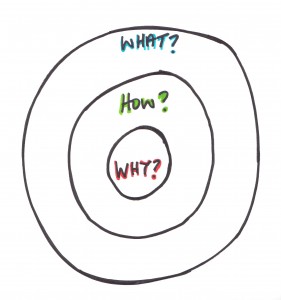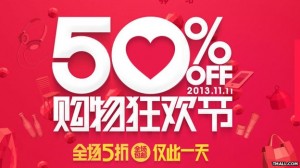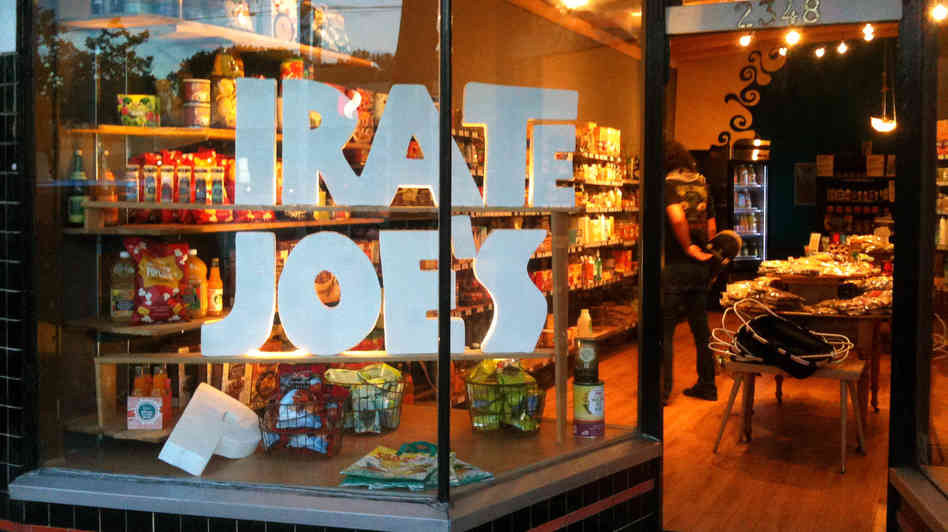Blog Link: https://blogs.ubc.ca/worifah/2013/11/18/snapchat-how-quickly-you-have-grown/
Eugene Worifah addressed Snapchat’s rise from obscurity to a rubbing shoulders with heavy weights such as Facebook and twitter. Facebook is currently willing to purchase Snapchat in a multi billion dollar but the founders of snap chat are intend on seeing just how far they can the app idea they developed as Stanford undergrads during an engineering class. Eugene Thinks that snap chat is at the mercy of any new entrant with an original idea due to the fact that Snapchat has little room for innovation however I disagree.
I believe snapchat’s grip on the short sequence video interaction is so strong and innovative that it will take something revolutionary to topple it. Snapchat has a patent; “Single mode media visual capture,” which means that snapchat’s element of mystery and naughtiness will not be able to be easily replicated. I believe that though the simplicity of snapchat leaves it with very little room for improvement, it’s core concept is strong enough to remain fresh and intriguing to the youth of the world for a long time to come.




